The outcome of my Phd Research project The Museum Within Us: Exposing Artist-led Curatorial Strategies in an Expanded Practice (2016) consists of 5 boxes with 206 digital prints (396 x 283 mm each) reflecting the research process, a text in the form of a tour guide and a box with previously produced publications.
Through production, reflection and contextualisation The Museum Within Us explores the role of collecting, curating and display in contemporary art and my own practice. Driven by my own love for museums, displays and juxtapositions I guide the viewer through my research ‘museum’ while showing the different curatorial strategies that artists have employed as part of their creative process.
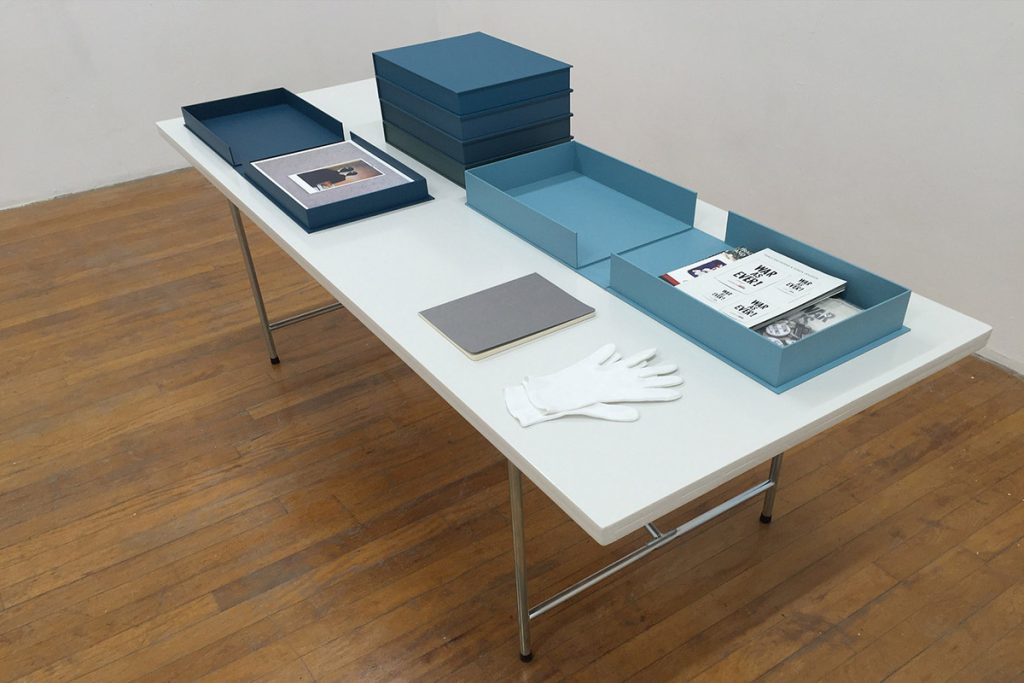
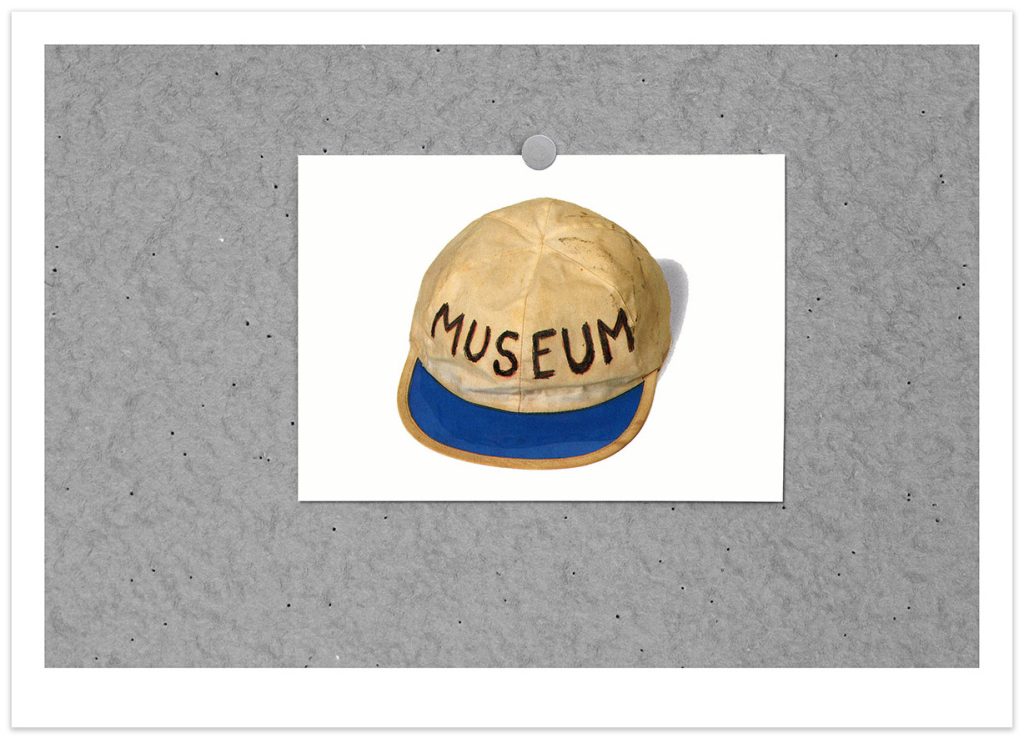
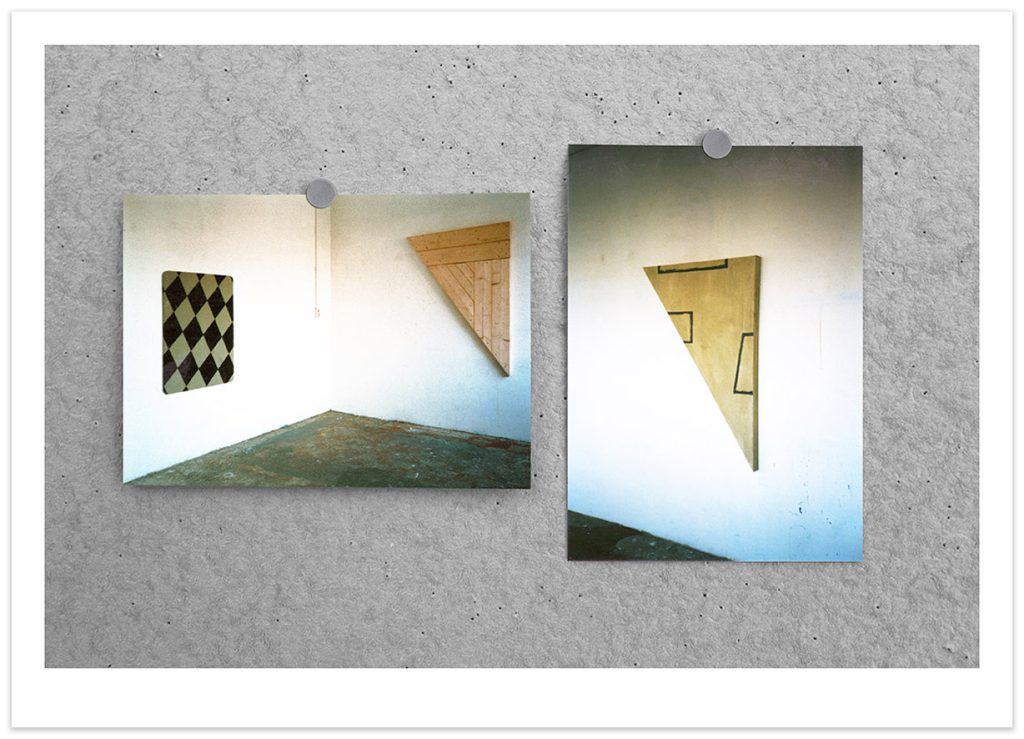
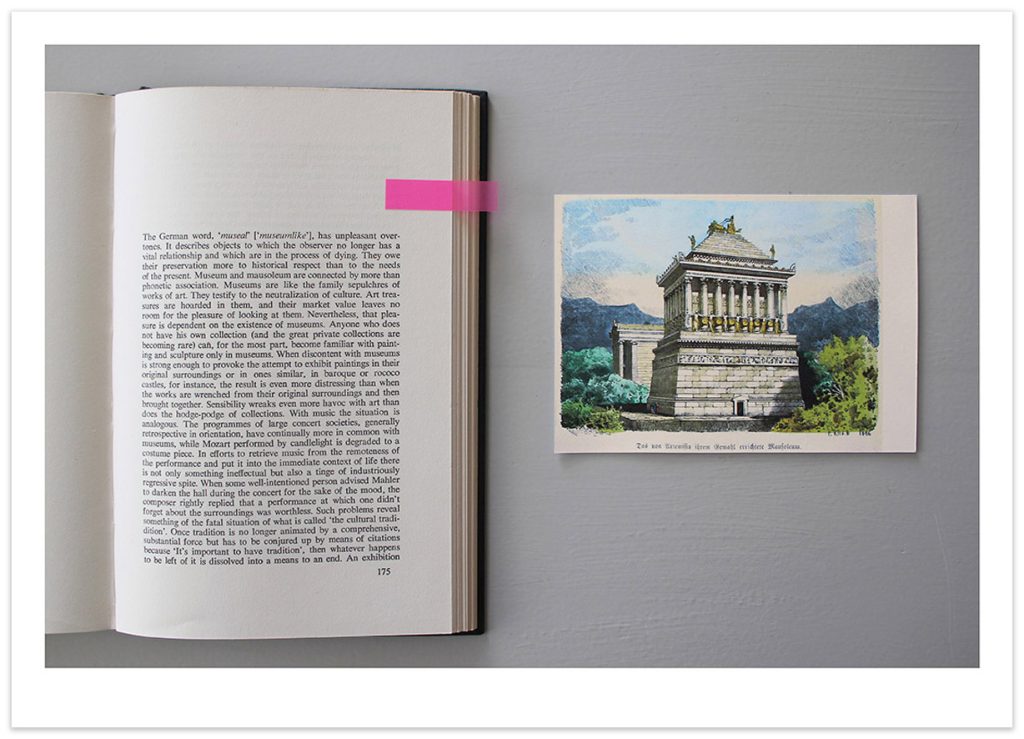
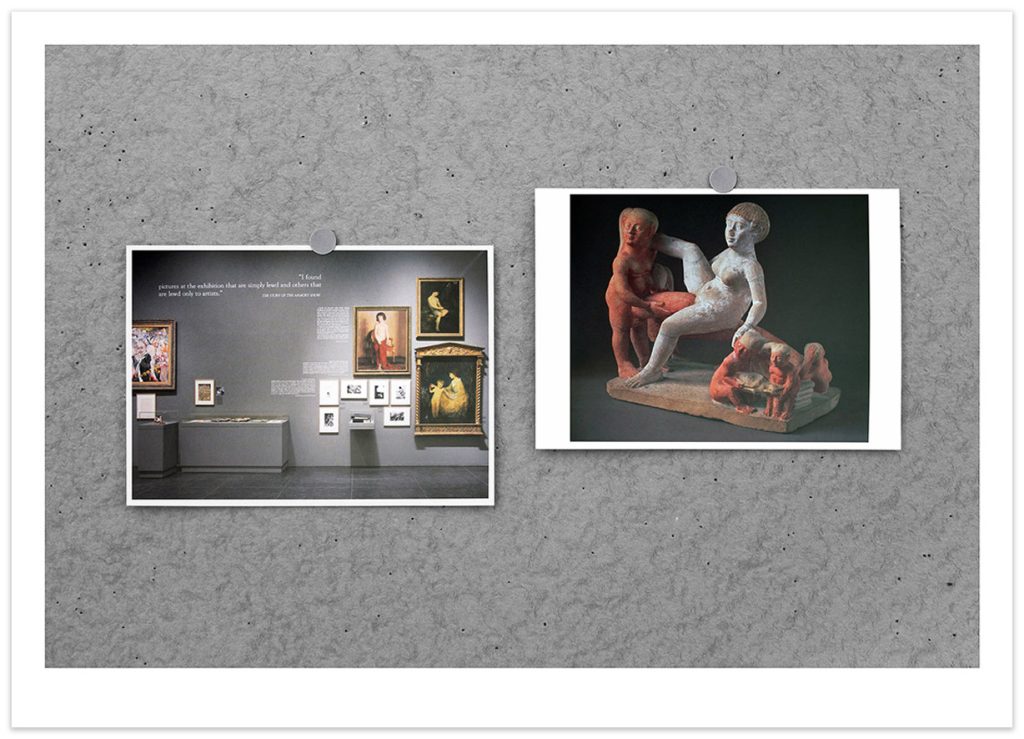
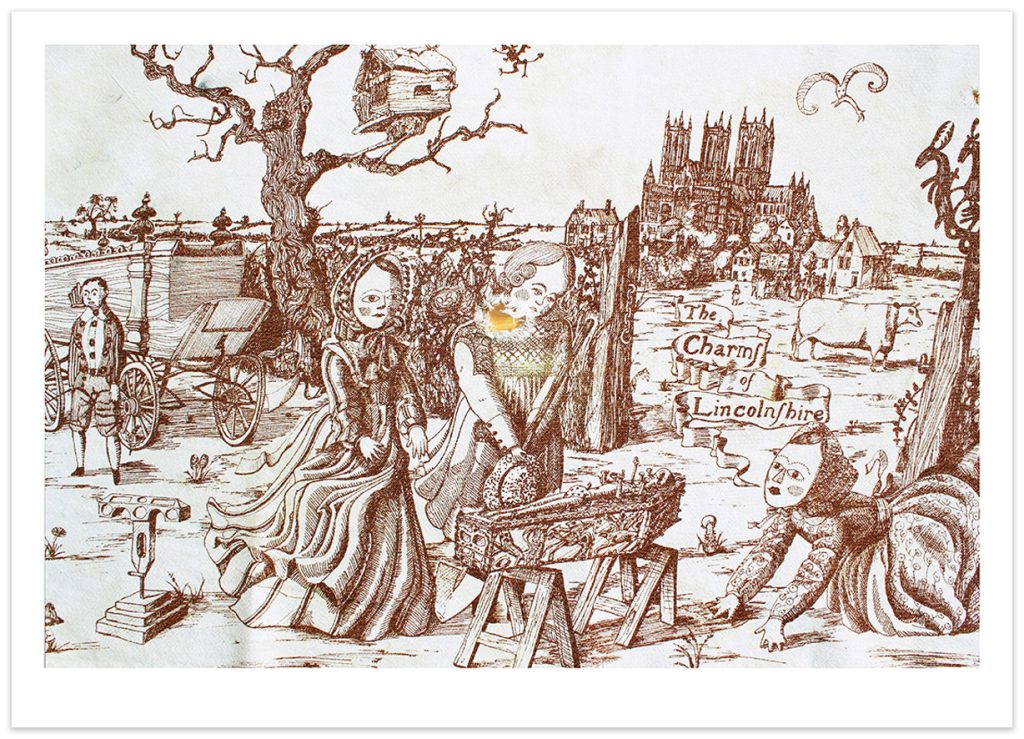
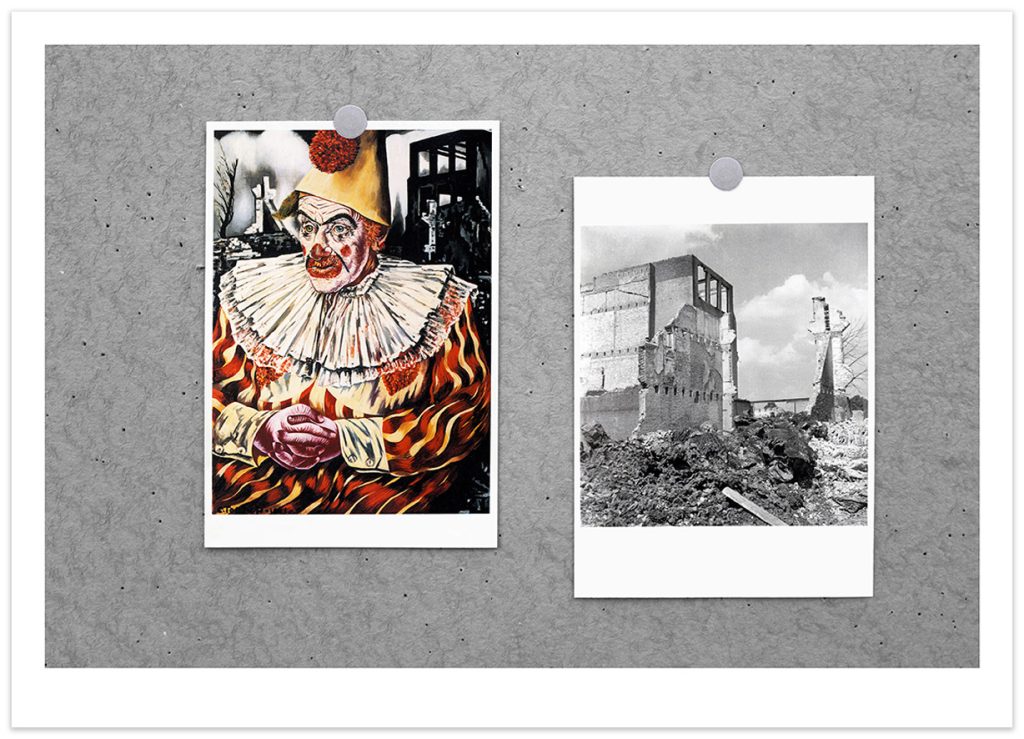
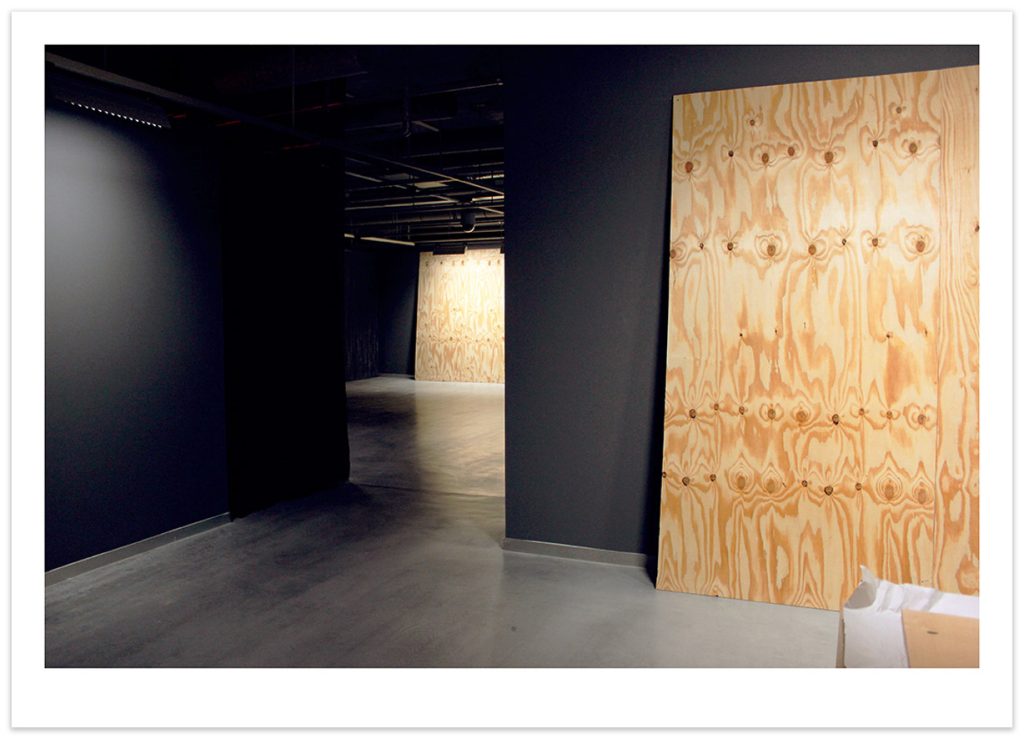
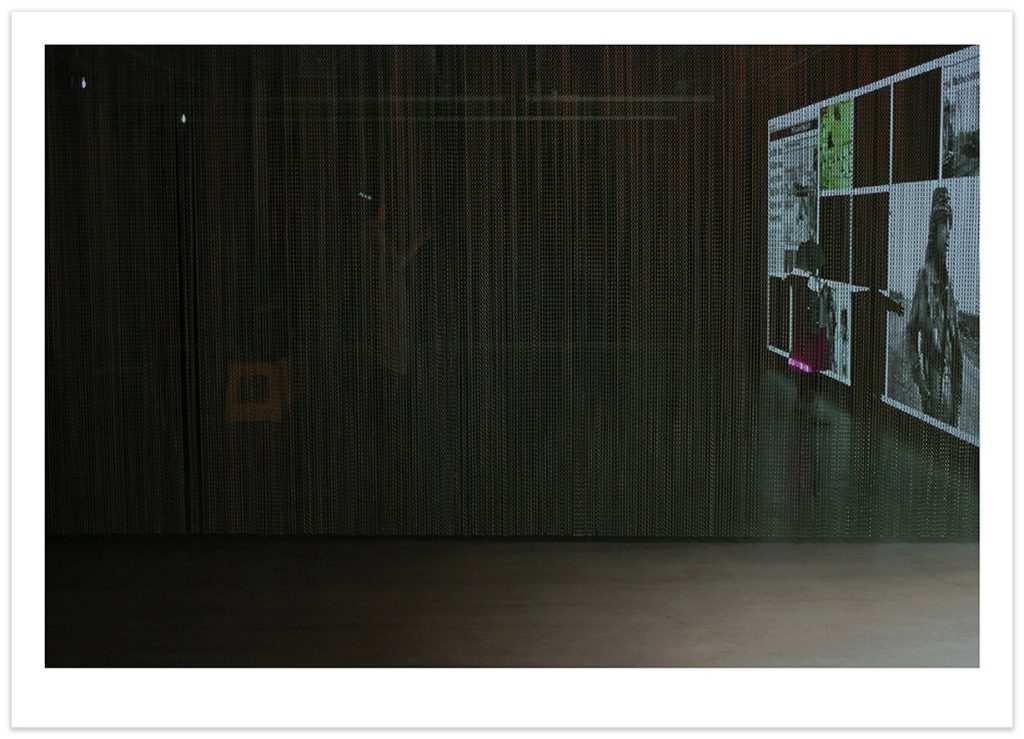
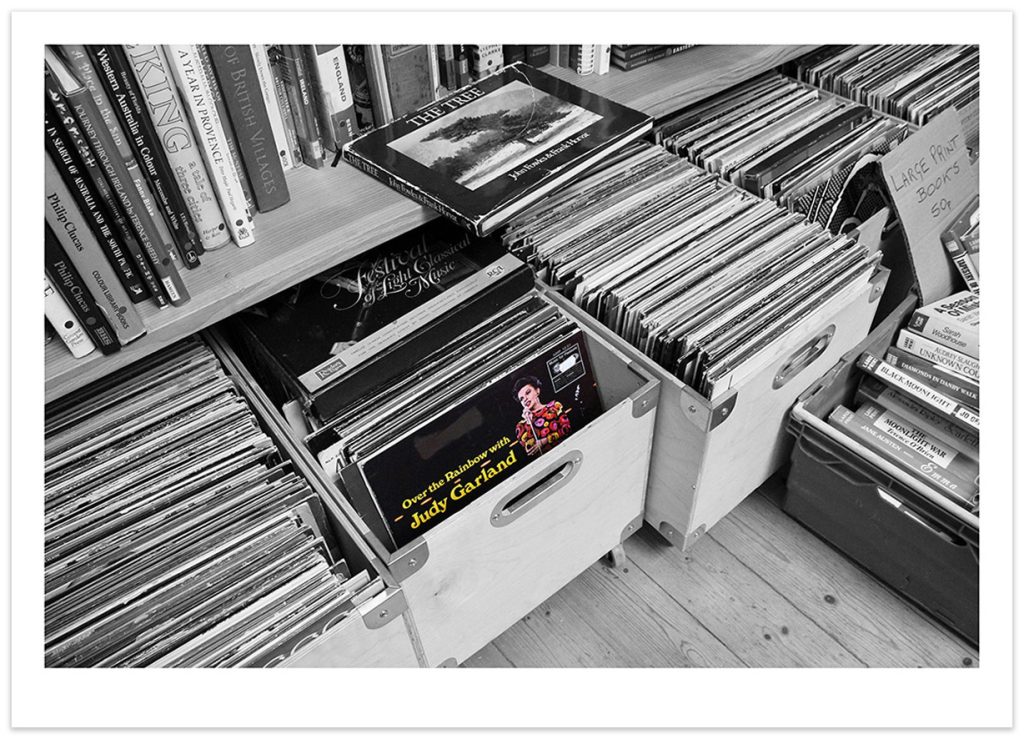
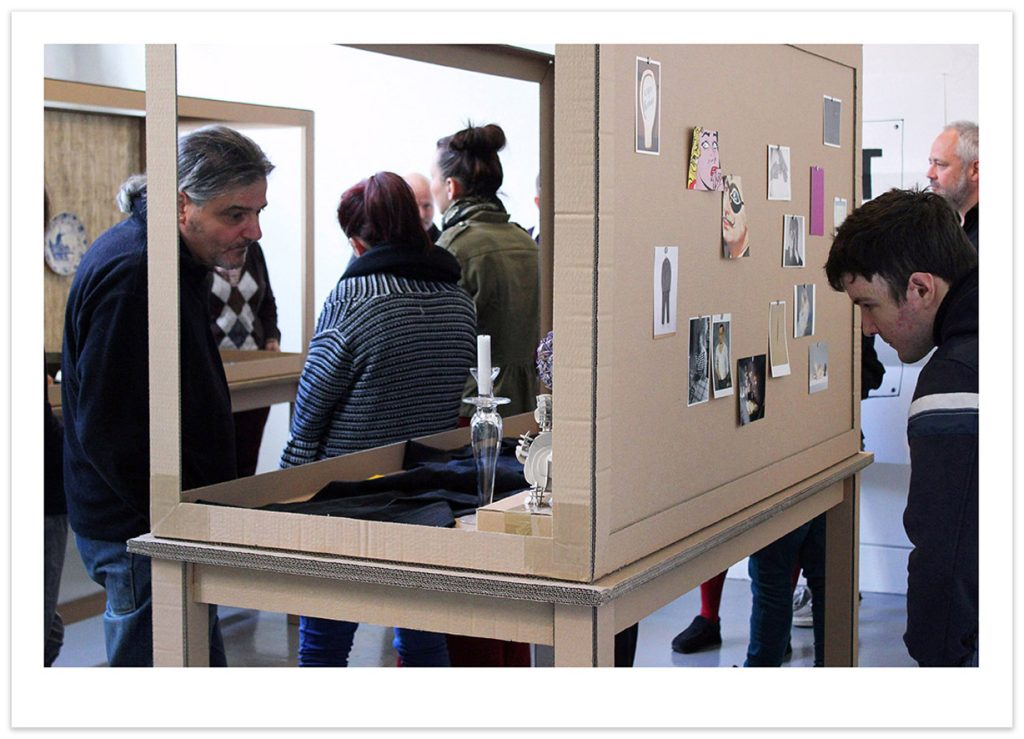
In 1935 Marcel Duchamp made the first edition of Boîte-en-Valise, a portable museum with reproductions and models of his own work in the form of a leather suitcase. Many regard this seminal work, which was reworked and revised many times by the artist, as an important early example of artists’ engagement with museum culture. However I would argue that the artists’ interest and expertise in collecting and curatorial practice goes much further back in time.
Almost three hundred years before Duchamp started producing his Boîte-en-Valise the Flemish artist David Teniers the Younger (1610-1690) was appointed in 1650 by Archduke Leopold Wilhelm of Austria, regent of the Southern Netherlands at that time, as keeper of Leopold Wilhelm’ vast collection and his consultant on new acquisitions. Shortly after starting his prestigious part time job Teniers produced a series of paintings depicting the Archduke visiting his own picture gallery accompanied by aristocrats and the honoured artist himself.
Nowadays curatorial practices such as collecting, archiving or exhibition making are key components of the artists’ toolkit. Over the last decades artists have developed a wide range of curatorial modes to contextualise, structure and (re)present their creative processes, to critique museum practice or to comment on cultural attitudes. This often involves the construction or representation of archives and collections, interventions in museums and galleries or the creation of mock museums.
Through production, reflection and contextualisation The Museum Within Us explores the role of collecting, curating and display in my own collaborative and dialogical art practice with Tracy Mackenna between 1977 and 2023. Driven by my own love for museums, displays and juxtapositions I guide the viewer through my research project and the different curatorial strategies that artists have employed as part of their creative process with a focus on my own artistic endeavours.
Since the beginning of our artistic partnership in 1997 Tracy and I produced a variety of exhibition projects that took the museum as its starting point often creating or representing public or private collections using a variety of media. Like many other artists we used collecting, archiving and displaying juxtapositions of visual material as productive modes of visual thinking, part of a process of exploration through images, to identify and generate references, contexts, ideas and insights.
The Museum Within Us centres around two of our projects, titled The Museum of Loss and Renewal and WAR AS EVER!. Both endeavours are represented, described, unpacked, reflected on and contextualised by some earlier projects and examples of other artists’ practices. By giving in-depth access to the often hidden creative process this project set out to explore the workings of my art practice and to show how artists creatively explore the functions and practices of museums. Going between the private studio and the public institution I set out to create an artists’ book and an exhibition that reveals through images and text my own subjective understanding and experience of some fragments of my art production and the stuff that informs it.
This study only reflects specific aspects of my extensive and eclectic range of interests. By digging into what is elusive, indescribable and abstract, and even hard to grasp the artists themselves, I attempted to grasp what my art practice intends.
Many angles or topics could have been chosen as starting points for journeys to undefined destinations. Just to name a few: death and loss; research and education; publics and platforms; collaboration; private and public; context; still image projection; publishing and printed matter and installation art. All of these and many more could function as productive frameworks for studying fragments of what is scattered and unstable. However quickly after I decided to take up the practice based research challenge I realised that the notion of curatorial practice in all its guises would be the most worthwhile vehicle to investigate my artistic drives and concerns. That’s at the end what this is: a subjective, idiosyncratic, and hopefully engaging, guided visit to the museum within us.